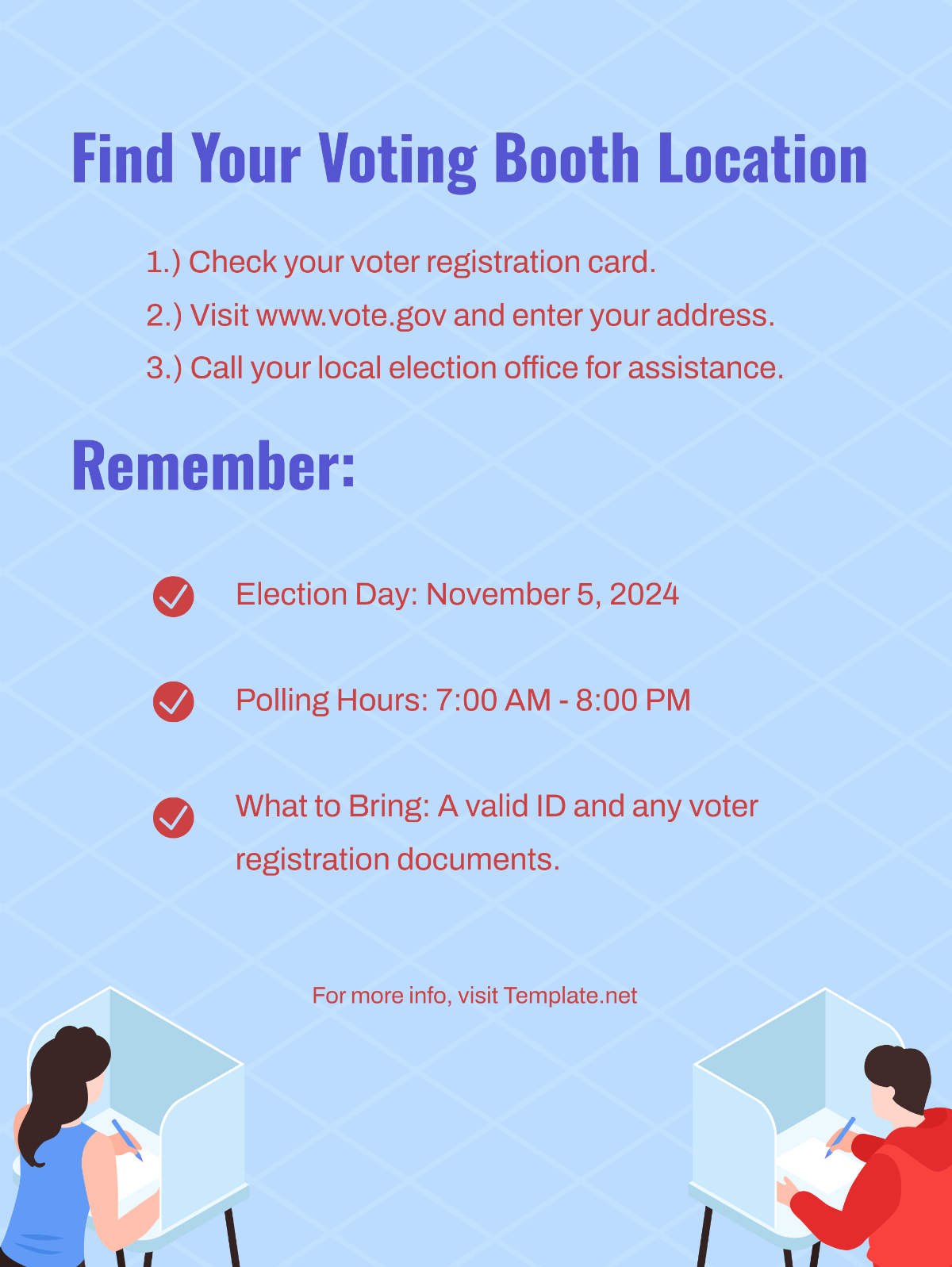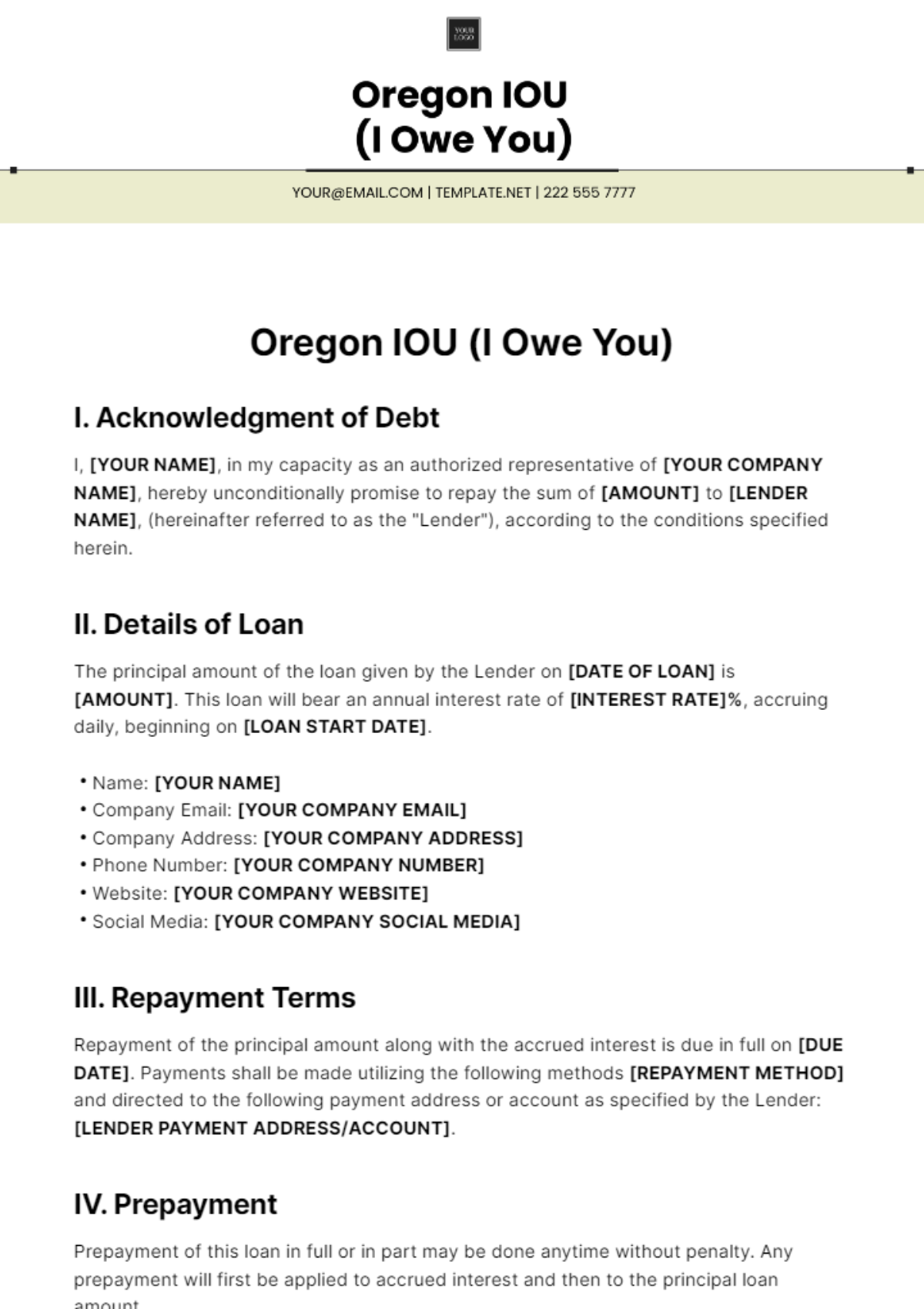Legislative Data Chapter Outline
Prepared By: [YOUR NAME]
Date: [DATE]
I. Introduction
Overview of the Legislative Data Chapter: This chapter explores the significance of legislative data in the context of government processes. It highlights how legislative data provides insights into lawmaking, policy decisions, and governmental transparency.
Purpose and Significance: Legislative data is essential for understanding how laws are developed, amended, and enacted. It aids policymakers in making informed decisions, supports researchers in analyzing legislative trends, and informs the public about legislative activities.
Key Objectives and Goals: The chapter aims to:
Analyze trends in legislative activity over time.
Understand voting patterns and their implications.
Evaluate the impact of significant legislative decisions on policy and society.
II. Background
A. Historical Context of the Legislative Data
Early Record-Keeping Methods: Historically, legislative data was recorded manually on paper, often in detailed handwritten records. Early systems included handwritten bills, legislative journals, and printed reports.
Evolution to Modern Digital Databases: The transition to digital databases began in the late 20th century, with the advent of computer systems and the internet. Key milestones include the establishment of online legislative tracking systems and digital archives.
B. Overview of the Legislative Process
Drafting: Legislation begins with drafting by legislators or committees. Initial drafts are reviewed and revised.
Introduction: Bills are formally introduced in a legislative chamber where they are assigned to committees for review.
Debate: Bills are debated in committee meetings and on the floor of the chamber. Amendments may be proposed and voted on.
Voting: After debate, bills are put to a vote. If approved, they move to the other chamber (in bicameral systems) or the executive for final approval.
Becoming Law: Bills that pass both chambers and receive executive approval become law.
C. Key Legislative Bodies and Their Roles
U.S. Congress: Comprises the Senate and the House of Representatives. Responsible for federal legislation, budget approval, and oversight.
UK Parliament: Consists of the House of Commons and the House of Lords. Handles the creation and amendment of laws, budget approval, and government scrutiny.
Other Bodies: Includes regional and national assemblies with varying roles in legislative processes, such as state legislatures in the U.S. or regional parliaments in Europe.
III. Data Sources
A. Primary Data Sources
Government Databases: Examples include congress.gov, which provides detailed information on U.S. federal legislation, and the European Parliament's legislative database for EU laws.
Legislative Archives: A meticulous record of legislative sessions includes an extensive archive of past proposed or enacted bills, along with full transcripts of the debates and discussions that occurred during those sessions.
Official Records: Transcripts of debates, roll call votes, and records of legislative actions available on government websites.
B. Secondary Data Sources
Academic Publications: Academic journal articles and thorough research papers that analyze legislative data and investigate associated trends.
Reports from Think Tanks: Publications from organizations like the Brookings Institution or the Cato Institute provide analysis and insights into legislative data.
Media Coverage: Articles covering the latest legislative developments and their effects, including both news reports and editorial opinion pieces.
C. Data Collection Methods
Manual Data Extraction: The process of retrieving and documenting information directly from governmental legislative websites and historical archives.
Automated Data Scraping Tools: Using specialized software to systematically gather and extract relevant data and information from various online legislative databases and websites.
Surveys and Interviews: Collecting detailed and specialized knowledge from legislative aides, scholars, and lawmakers involved in the legislative process.
IV. Legislative Data Structure
A. Organization and Classification of Data
Classification by Bill Type: Bills are categorized by their status (e.g., proposed, enacted, amended) and type (e.g., public, private).
Organization by Legislative Session: Data is organized by legislative sessions and calendar years to track activity over time.
B. Key Data Categories
Bills and Resolutions: This includes the complete text, all status updates, and the comprehensive legislative history.
Amendments: A comprehensive outline detailing the proposed changes, their current implementation status, and their impact on the original bill.
Votes: The detailed records of each vote include both how each member voted and the overall result, offering a thorough overview of the voting process and its final outcome.
Legislative Sessions: Dates and major activities of each legislative session, including summaries of key debates and actions.
C. Data Attributes and Metadata
Dates: Important dates include significant milestones such as the introduction of a legislative bill, its passage through the necessary legislative bodies, and its ultimate enactment into law.
Sponsors: Information about the legislators involved in proposing, endorsing, or engaging with the bill, along with details about the committees responsible for reviewing, amending, or advancing the bill through the legislative process.
Outcomes: The ultimate disposition of the proposed legislation, which could take the form of approval, rejection, or remain in a state of pending consideration.
V. Data Analysis
A. Methods for Analyzing Legislative Data
Quantitative Analysis: Statistical summaries to identify trends, such as the frequency of bill introductions or the success rate of legislation.
Qualitative Analysis: Content analysis of legislative debates to understand the motivations and arguments behind legislation.
B. Tools and Techniques Used
Data Analysis Software: For simple analysis, Microsoft Excel is frequently utilized, but for more complex statistical analysis, programming languages and software such as R or Python are usually preferred.
Visualization Tools: Tools like Tableau and D3.js are used to design a range of charts, graphs, and interactive visualizations, helping users to make complex data sets more comprehensible and engaging.
Machine Learning Algorithms: Techniques for predictive analysis, such as identifying patterns in voting behavior.
C. Statistical and Analytical Approaches
Regression Analysis: Identifying the various factors that influence voting patterns among the electorate or the success rates of legislative bills passing through governmental processes.
Network Analysis: Understanding relationships between legislators, interest groups, and legislative outcomes.
VI. Legislative Trends and Patterns
A. Identification of Key Trends in Legislation
Increasing/Decreasing Frequency: Analyze and evaluate the changes and patterns over a certain timeframe in the number of legislative proposals submitted and the proportion of those that were passed into law.
Shifts in Priorities: Identify changes in legislative focus, such as increased attention to specific issues like healthcare or climate change.
B. Analysis of Voting Patterns and Outcomes
Voting Behavior: Examine patterns in how legislators vote, including partisan alignment and bipartisan support.
Implications for Policy: Perform an in-depth examination to understand how voting behavior patterns impact policy outcomes and the efficacy of legislative measures.
Patterns in Legislative Activity Over Time:
Volume Variations: Track changes in the volume of legislative activity, such as the number of bills introduced and debated.
Process Efficiency: Conduct a thorough review of the legislative process efficiency, focusing on trends and the time for bills to move from proposal to enactment.
VII. Case Studies
A. In-depth analysis of Specific Legislative Cases
Notable Actions: Detailed examination of landmark legislation, such as the Affordable Care Act, and its legislative journey.
Significant Reforms: An in-depth review and thorough analysis of major reforms, covering their inception and development, the methods and strategies used for their execution, and the impacts and results they have produced.
B. Examples of Significant Legislative Decisions and Their Impacts
Health Care Reform: The consequences for accessing healthcare services, the cost implications of receiving treatment, and the overall performance and effectiveness of healthcare systems.
Environmental Legislation: The impacts on environmental policies, alterations in regulatory frameworks, and the resulting consequences for societal outcomes.
C. Comparative Analysis of Different Legislative Periods
Historical Comparisons: Conduct a comprehensive analysis by comparing the legislative activities and trends that occurred during various historical periods.
International Comparisons: Examine variations in legislative processes and outcomes between different countries or regions.
VIII. Challenges and Limitations
A. Common Challenges in Collecting and Analyzing Legislative Data
Incomplete Records: There are several problems associated with data from legislative sessions or bill histories when this data is either missing or incomplete.
Access Difficulties: Difficulties encountered when attempting to obtain or review specific categories of legislative data or archival records.
B. Limitations of Available Data Sources
Biases: It is within the realm of possibility that various sources could potentially display biases in the manner in which they report or present information.
Historical Gaps: The absence or insufficiency of historical data or records hampers the ability to perform a thorough analysis
C. Data Quality and Reliability Issues
Accuracy: Issues about the precision and reliability of data records, as well as the timely and accurate updates to those records.
Verification Methods: Methods and procedures utilized for the cross-referencing and validation of data to guarantee its accuracy and dependability.
IX. Applications and Implications
A. Practical Applications of Legislative Data Analysis
Policy Development: The process of employing data to guide the development and assessment of public policies.
Political Strategy: Utilizing data insights to inform and develop comprehensive strategies for campaigns as well as to shape and guide legislative agendas in a more informed and effective manner.
B. Implications for Policymakers, Researchers, and the Public
Decision-Making: Policymakers enhance their decision-making by using data-driven insights, which provide a deeper understanding of issues through careful analysis, allowing them to create more informed and effective policies.
Transparency: The process of improving the openness and responsibility in the activities carried out by legislative bodies by providing greater access to relevant data and information.
C. Future Directions for Legislative Data Studies
Advanced Analytics: Participating in the investigation of new data analytics methods, including innovations such as artificial intelligence (AI) and the sophisticated algorithms of machine learning.
Data Integration: The process entails combining legislative data with diverse types of political and social data, thus building a stronger and more detailed basis for thorough analysis.
X. Conclusion
A. Summary of Key Findings
Legislative Trends: The chapter identifies key trends such as increased legislation on climate change and healthcare reform. Notable shifts in policy priorities reflect evolving societal needs.
Voting Patterns: Analysis reveals significant patterns, including partisan divides and growing bipartisan support for environmental issues.
Case Studies: Examination of landmark legislation demonstrates the impact of legislative decisions on policy and society.
B. Reflection on the Importance of Legislative Data Analysis
Understanding Governance: Legislative data sheds light on the lawmaking process, enhancing understanding of how policy decisions are made.
Informed Choices: Comprehensive data provides support to policymakers by equipping them with the necessary information and insights needed to develop and formulate effective and impactful legislation.
Transparency and Accountability: Analyzing legislative data promotes transparency, allowing the public to track legislative progress and hold legislators accountable.
C. Final Thoughts and Recommendations
Further Research
Emerging Trends: Thoroughly examine and analyze emerging legislative trends as well as the various digital influences that are impacting the process of lawmaking.
New Data Sources: For a thorough understanding, use diverse tools like real-time tracking and social media analysis for deeper insights.
Data System Enhancements
Improved Accessibility: Work on designing user-friendly platforms and prioritize developing advanced data visualizations to enhance user experience and understanding.
Enhanced Accuracy: Implement thorough strategies to verify data accuracy, consistency, and integrity, while also ensuring smooth and efficient integration across various datasets and systems.
Better Integration: Integrating legislative, economic, and public opinion data provides a holistic understanding of lawmaking, the economy, and public sentiment.

















































